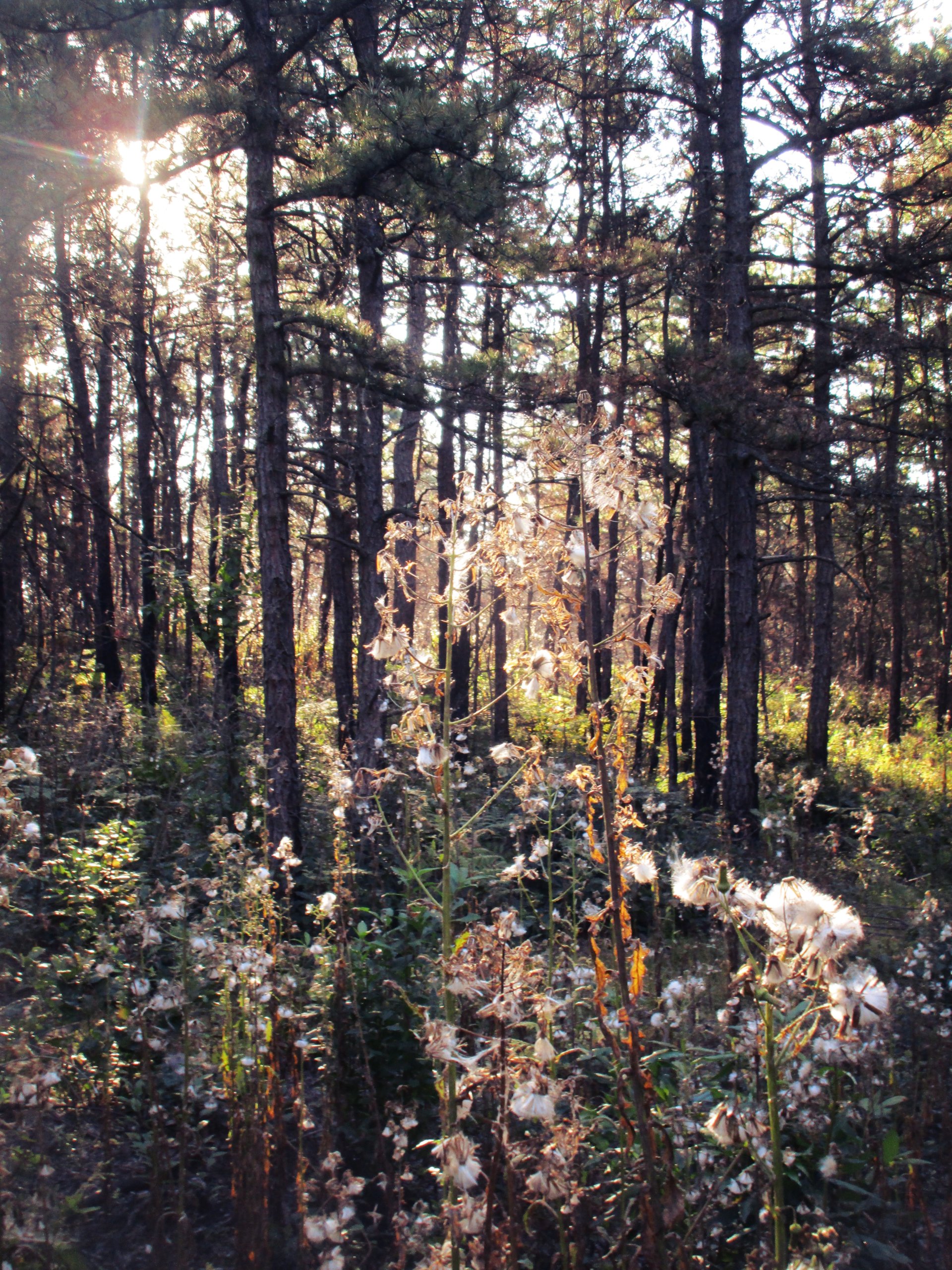A snow-covered field near Crossgates Mall may become a battleground over the effect of building in the Pine Bush and on that ecologically fragile area’s bellwether symbol, the Karner blue butterfly.
Environmentalists are trying to fend off the nation’s largest independent hotel developer, which wants about four acres west of the mall’s movie theaters for a 124-room project.
A fight is brewing because that site along Washington Avenue Extension is next to a protected preserve — surrounded by the mall on three sides — that contains the last major population of the endangered butterflies south of the Thruway.
Their number has dropped sharply since the theaters were built in 1997, based on annual counts taken by the state Department of Environmental Conservation, leading some to fear the butterflies could be on the way out, with any new building adding a final push.
The fate of the hotel proposal is up to the city Common Council, which will decide a request by Fargo, N.D.-based Tharaldson Development Co., to rezone the land. Current zoning allows only for single-family homes, something unlikely to occur so close to a sprawling shopping mall.
" There are some issues here," said Zoning Committee Chairman Daniel Herring, a 13th Ward Democrat. "This has been an issue for a long time. The butterfly is still out there, but it is pretty serious."
Tharaldson, which has an option to buy the land from Pyramid Crossgates, operates about 350 hotels in 35 states and has more than 20 projects under development.
Spokeswoman Stacey Holmes said the company was aware of the "sensitive situation" regarding Pine Bush development and intended to work with the city and the Pine Bush Preserve Commission to address concerns, but she declined further comment.
Save the Pine Bush Director Lynne Jackson said the motel is part of continued building that slowly is nibbling the Pine Bush to death. She fears Karner blues near the mall may disappear before they can be drawn into an area being prepared to sustain them within the southern portion of the nearby 2,700-acre Pine Bush Preserve.
The other butterflies known to live in the Pine Bush are north of the Thruway and cannot reach the southern preserve without human intervention.
" The more you build next to Karner blue sites, the more you alter their environment, and the more likely they are to die," said Jackson, whose not-for-profit environmental group has sued to block new roads and other development.
She said Pyramid Crossgates in 1998 illegally cleared the parcel that it now wants to sell and urged the city not to allow that action to be ultimately rewarded by a rezoning.
" They can say there are no Karner blues there, because they bulldozed them," she said. "The site is covered with snow now. You really can’t tell what you have until you do a survey in the spring."
Karner blues, about the size of a quarter, have been an endangered species in New York since 1977 and federally recognized as endangered since 1992. After emerging from its cocoon, a butterfly lives for only about five days and travels just several hundred yards. During that brief period, it lays eggs for the next generation.
Aside from the Pine Bush, small Karner blue populations are found in pine barrens at the Wilton Wildlife Preserve, around Saratoga Airport and at the Tonawanda Indian Reservation in Genesee County, according to "Natural History of the Pine Bush," a new book published by the State Museum.
Thousands of Karner blues used to appear in the Pine Bush during the summer, their caterpillars sustained exclusively by wild lupine plants. Both the amount of lupine and butterflies have been dropping as the Pine Bush has been developed and dissected with roads.
The Pine Bush Preserve Commission, a public/private partnership formed to protect and manage the remaining Pine Bush, wants the city to take a "hard look" at the hotel project before approving any rezoning, said Neil Gifford the commission’s conservation director.
In a letter to the city, Gifford wrote that the commission likely "would not support the requested zoning change and development concepts as proposed, due to the potential for serious short- and long-term negative effects on the endangered Karner blue butterfly and the creation and management of a viable Pine Bush Preserve."
The commission includes four citizens and representatives from the state Department of Environmental Conservation, Office of Parks, Recreation and Historic Preservation, The Nature Conservancy, city of Albany, towns of Colonie and Guilderland and Albany County.
" The numbers of butterflies naturally fluctuate, but are obviously in decline," said Gifford. "Why, we don’t know."
The Albany Pine Bush dates to the end of the last ice age and once covered 25,000 acres; today about 6,000 acres remain, but much of that is in isolated patches.
When the last glacier in New York melted and receded about 15,000 years ago, a massive lake formed. Rivers deposited large amounts of fine glacial sand into the lake, forming a delta that centered on the western edge of modern-day Albany, where Colonie and Guilderland now come together.
After the glacial lake drained, wind swept the sand into dunes that were later stabilized by scrub pines and unique plants of the Pine Bush. The largest remaining dune, located at the east end of Willow Street in Colonie, reaches up to 50 feet high and extends for more than a mile.
